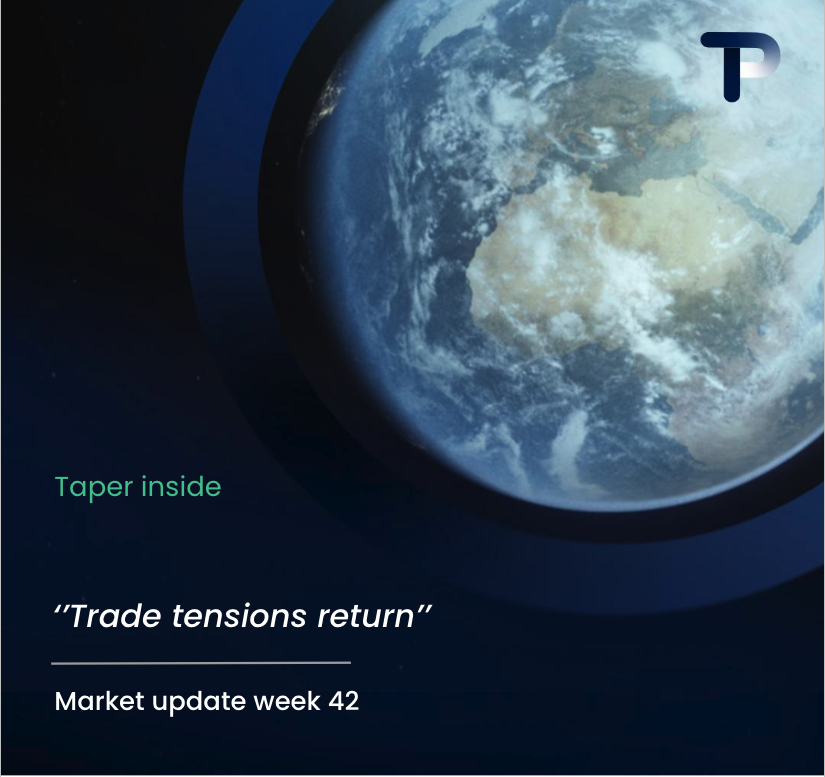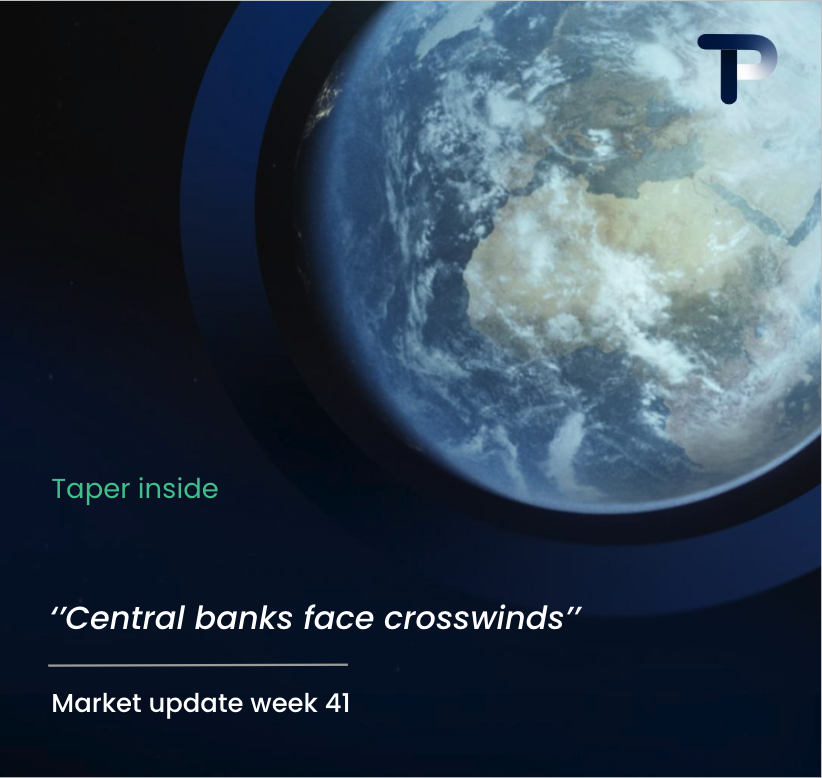Supply chain finance solutions handle multiple currencies simultaneously through integrated payment platforms that automate currency conversion, apply real-time exchange rates, and coordinate with banking networks across different countries. These systems enable businesses to manage cross-border transactions efficiently while minimising exchange rate risks and processing delays inherent in international trade.
Understanding supply chain finance in a multi-currency world
Managing supply chain finance across multiple currencies presents unique challenges that require sophisticated financial solutions. Global trade involves complex networks of suppliers, buyers, and financial institutions operating in different countries with varying currencies, regulations, and payment systems.
The complexity increases when businesses need to coordinate payments across different time zones whilst managing exchange rate fluctuations that can significantly impact profit margins. Traditional banking systems often struggle to provide seamless multi-currency support, leading to delays, high fees, and administrative burdens.
Modern supply chain finance solutions address these challenges by providing integrated platforms that can simultaneously handle multiple currencies. These systems connect to various banking networks, enabling businesses to send and receive payments in over 30 different currencies whilst maintaining transparency and control over their international transactions.
The need for such solutions has grown as businesses expand globally and seek to optimise their working capital across different markets. Companies require systems that can handle the complexities of international trade whilst providing the flexibility to adapt to changing market conditions.
What are supply chain finance solutions and how do they work?
Supply chain finance solutions are financial platforms that facilitate trade between buyers and suppliers by providing working capital, payment processing, and risk management services. These solutions bridge the gap between traditional banking services and the specific needs of international commerce.
The core mechanism involves creating a digital ecosystem where suppliers can access early payment for their invoices, buyers can extend their payment terms, and financial institutions can provide the necessary liquidity. This triangular relationship benefits all parties by improving cash flow, reducing costs, and minimising risks.
Key components include invoice processing systems, credit assessment tools, payment gateways, and reporting dashboards. These elements work together to automate much of the administrative work traditionally associated with international trade finance.
The solutions typically integrate with existing enterprise resource planning systems, allowing businesses to maintain their current workflows whilst gaining access to enhanced financial capabilities. This integration ensures that multi-currency transactions can be processed seamlessly without disrupting established business processes.
How do multi currency payments get processed in supply chain finance?
Multi-currency payment processing involves automated systems that convert currencies in real-time, apply current exchange rates, and route payments through appropriate banking channels. The process begins when a payment instruction is received and ends when funds are settled in the recipient’s preferred currency.
The technical process starts with automated currency conversion algorithms that determine the most efficient exchange rate based on current market conditions. These systems access multiple liquidity sources to ensure competitive rates and optimal execution timing.
Real-time exchange rate application ensures that businesses receive transparent pricing without hidden margins or unexpected costs. The systems continuously monitor market movements and apply rates at the moment of transaction execution, providing certainty and predictability.
Settlement procedures involve coordination with multiple banking partners across different jurisdictions. The systems maintain relationships with Tier 1 banks and payment institutions to ensure reliable processing and compliance with local regulations in each target market.
Integration with international banking networks, including SWIFT connectivity, enables direct access to global payment infrastructure. This connectivity ensures that payments can reach over 140 countries efficiently whilst maintaining security and regulatory compliance standards.
What are the benefits of automated currency exchange in international trade finance?
Automated currency exchange eliminates manual processing errors, reduces transaction times, and provides consistent access to competitive exchange rates. These benefits translate directly into cost savings and improved operational efficiency for businesses engaged in international trade finance.
Reduced manual processing means fewer opportunities for human error and faster transaction completion. Automated systems can process hundreds of transactions simultaneously, something impossible with manual processes that require individual attention for each currency conversion.
Minimised exchange rate risks result from access to real-time market data and the ability to execute transactions at optimal timing. Businesses can implement hedging strategies such as forward contracts and dynamic forwards to protect against adverse currency movements.
Faster transaction times improve cash flow management by reducing the time between payment initiation and settlement. This acceleration is particularly valuable for businesses with tight working capital requirements or time-sensitive supply chain obligations.
Enhanced transparency provides all parties with clear visibility into exchange rates, fees, and processing status. This transparency builds trust between trading partners and enables better financial planning and forecasting.
| Benefit Category | Traditional Process | Automated Solution |
|---|---|---|
| Processing Time | 2-5 business days | Same day settlement |
| Exchange Rate Transparency | Hidden margins | Real-time competitive rates |
| Manual Intervention | Required for each transaction | Fully automated processing |
| Risk Management | Limited hedging options | Multiple hedging instruments |
Key takeaways for managing cross border transactions effectively
Effective management of cross border transactions requires selecting the right technology platform, understanding regulatory requirements, and implementing appropriate risk management strategies. Success depends on choosing solutions that align with your specific business needs and growth objectives.
Technology requirements include systems that can integrate with existing business processes whilst providing multi-currency business IBAN accounts, real-time reporting, and automated compliance monitoring. The platform should support your current transaction volumes whilst scaling to accommodate future growth.
Strategic approaches involve developing relationships with financial service providers who understand the unique challenges of international trade. Look for providers who offer personalised service, competitive pricing, and comprehensive support for your target markets.
Best practices include maintaining segregated client funds with Tier 1 banks, implementing appropriate hedging strategies, and ensuring compliance with anti-money laundering regulations across all jurisdictions. Regular review of your financial processes helps identify opportunities for optimisation and cost reduction.
Risk management considerations encompass currency exposure, counterparty risk, and regulatory compliance. Effective solutions provide tools to monitor and manage these risks whilst maintaining operational efficiency and cost-effectiveness.
When evaluating supply chain finance solutions, consider providers like TaperPay who specialise in supporting SMEs with international operations. We understand the unique challenges you face and provide tailored solutions that simplify your cross-border financial operations whilst supporting your growth objectives.
Frequently Asked Questions
How long does it typically take to implement a multi-currency supply chain finance solution?
Implementation typically takes 2-4 weeks depending on your existing systems and integration requirements. The process involves API integration with your ERP system, account setup with banking partners, and staff training. Most providers offer dedicated implementation support to ensure smooth onboarding and minimal disruption to your current operations.
What happens if exchange rates move significantly between payment initiation and settlement?
Modern supply chain finance platforms lock in exchange rates at the moment of transaction initiation, protecting you from adverse movements during processing. You can also use hedging instruments like forward contracts to secure rates for future payments. Some platforms offer dynamic forwards that automatically adjust based on market conditions whilst maintaining your desired risk parameters.
Are there minimum transaction volumes required to access competitive exchange rates?
Most reputable providers offer competitive rates regardless of transaction size, though larger volumes may qualify for preferential pricing tiers. The key is choosing a platform that aggregates liquidity from multiple sources rather than relying on a single bank relationship. This ensures you receive institutional-grade rates even for smaller transactions typical of SME operations.
How do I ensure compliance with different countries' financial regulations when processing multi-currency payments?
Choose a supply chain finance provider that maintains licenses and regulatory compliance across your target markets. They should automatically apply the appropriate compliance checks, documentation requirements, and reporting standards for each jurisdiction. Look for providers who offer built-in AML monitoring and can generate the necessary regulatory reports for your business.
What backup options exist if the primary banking network experiences disruptions?
Robust supply chain finance solutions maintain relationships with multiple Tier 1 banks and payment networks to ensure redundancy. If one network experiences issues, transactions automatically route through alternative channels. The best providers offer 99.9% uptime guarantees and maintain backup liquidity sources to ensure your payments continue processing even during market disruptions.
Can I set up automated payment schedules for recurring supplier payments in different currencies?
Yes, most modern platforms support automated recurring payments with customizable scheduling options. You can set up payments based on invoice due dates, fixed intervals, or specific business rules. The system will automatically handle currency conversion using your preferred rate strategy and provide advance notifications of upcoming payments for cash flow planning.
How do I track and reconcile multi-currency transactions across different time zones?
Advanced supply chain finance platforms provide real-time dashboards with unified reporting across all currencies and time zones. They typically offer automated reconciliation features that match payments with invoices, generate consolidated statements, and provide audit trails. Look for solutions that integrate directly with your accounting software to streamline the reconciliation process and reduce manual data entry.
Hi there! 👋 I see you're reading about multi-currency IBAN accounts for supply chain payments. Smart choice - these accounts can save businesses 2-4% on every international transaction!
What best describes your current situation with international supplier payments?
Which of these challenges are you currently facing with international payments? (Select all that apply)
What's driving your interest in multi-currency payment solutions? Tell us about your business goals or challenges.
Great! To help us understand your specific needs better, could you share more details about your international payment volume or any particular requirements?
Perfect! Let's connect you with one of our international payments specialists who can show you exactly how Taper's multi-currency IBAN accounts can save you money and streamline your supply chain payments.



